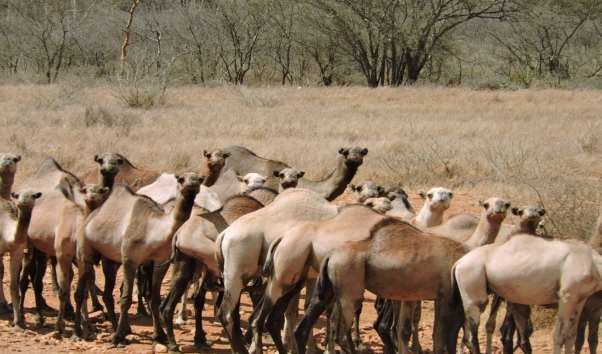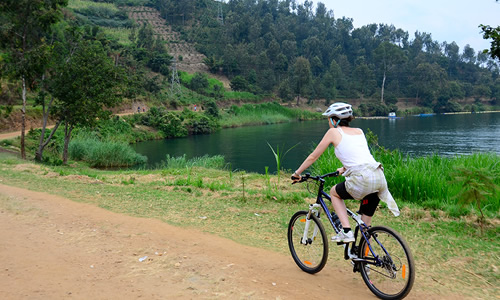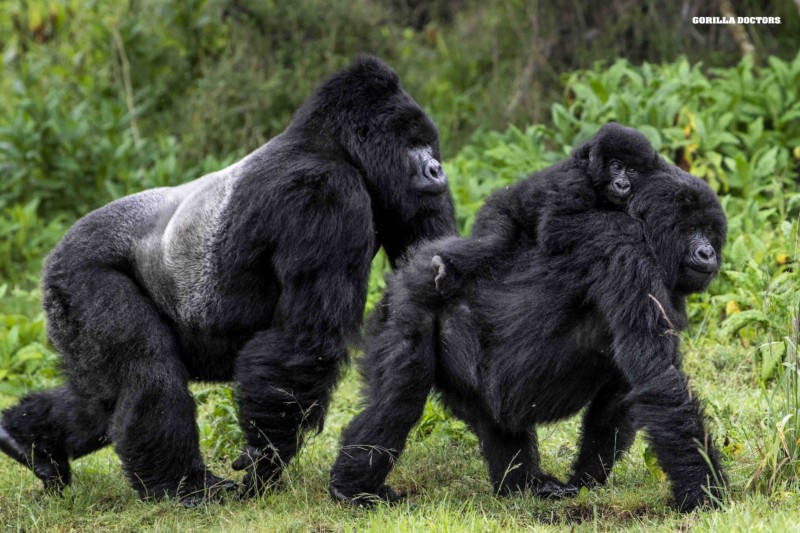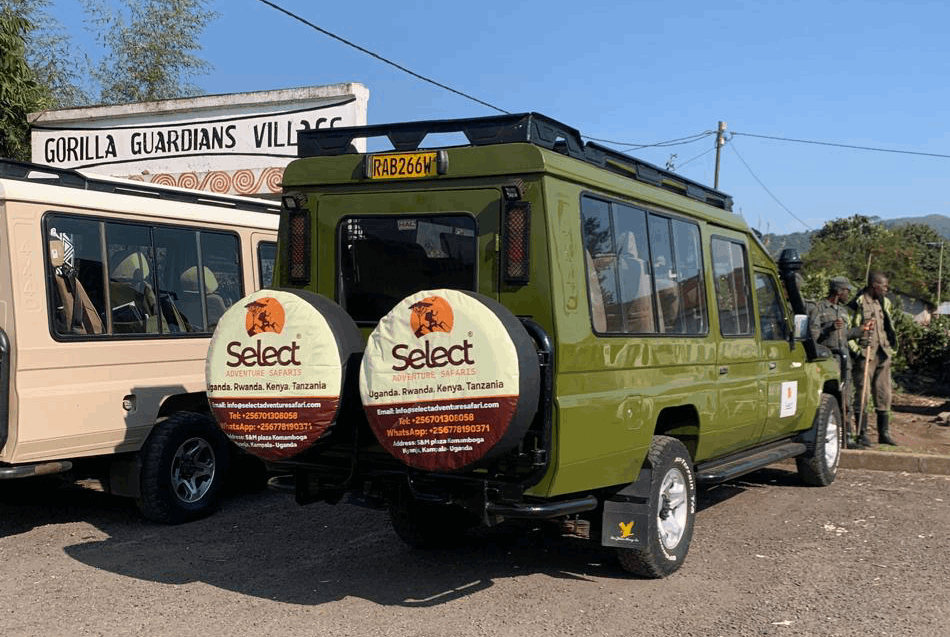Matheniko Wildlife Reserve
Matheniko Wildlife Reserve : Travelers on tour of Uganda into Kidepo Valley National Park can maximise the excitiment of safari into Uganda by adventuring a little further into the adjacent wildlife protected areas. Matheniko Wildlife Reserve 1,520km2 is purely chaste, less trampled and unique destination located Northeast on the Ugandan map; southeast of Kidepo Valley National Park. Matheniko Wildlife Reserve touches and forms borderline with Kenya and is part of a wider Kidepo Valley Conservancy. Matheniko Wildlife Reserve like much of the Kidepo valley receives low amounts of rainfall averaging 670mm annually leading to a semi arid climate with sparse grasslands, short bushes and shrubs dominated by red acacia thorny trees, desert dates (Balanites aegytiacus), woolly caper bush (Capparis tomentosa) and butterfly pea (Clitoria ternatea).

Matheniko Wildlife Reserve is alive with unique wildlife species that can easily adapt and survive under harsh semi desert conditions of low rainfall, high temperatures, can withstand long hours of thirst and shrinking vegetation to feed on. Rare to see in other areas in Uganda but often sighetd in Matheniko Wildlife Reserve are Lesser kudu, roan antelope, wildcats, mountain reedbuck, Brighs’s gazelle, topi, blue duikers, serval cats, bohor reedbuck, elands, cheetah, stripped hyena besides common wildlife species elsewhere; buffalos, leopards, Waterbucks, jackals, Ugandan kobs, Oribis, spotted hyenas, civets, Common duikers, Olive baboons, Patas and vervet monkeys.
The Matheniko Wildlife Reserve is a habitat for unique bird species that can withstand humid semi desert climatic conditions. Some of the birds are crossborder species with Matheniko as the last end of their habitat that extends into Kenya, Sudan, Ethiopia and horn of Africa. Matheniko Wildlife Reserve is an ideal Uganda travel destination in which to easily spot Verreaux’s Eagle, Egyptian vulture, Ethiopian swallow, Pygmy falcon, Eastern Bronze-napped Pigeon, the Abyssinian Ground Hornbill, the Mountain Yellow Warbler, the Thick-billed Honey guide, the Hartlaub’s Turaco, the Black-headed plover, the Red-billed Oxpecker and the Clapperton’s Francolin among others.
Travel to Matheniko Wildlife Reserve goes on all year round, though much of the roads are dirt. 4WD cars are highly recommended during the brief rains; April, May and November. Refilling air condition in the car at any time before travel is a very wise decision because even in rain season temperatures remain high while the roads get annoyingly dusty in dry season. In the meantime, selfcatering camping is the only available option for accommodation within the reserve where travelers have maximum access to wildlife species and exclusive privacy without the inquisitive eyes from the rest of the world. There are on going plans with private developers to set up different options of accommodation within the reserve. Travelers to Matheniko Wildlife Reserve can opt to base in Moroto and Kotido colonial towns and venture into the Matheniko Wildlife Reserve early morning. Both towns are a few hours drive to the reserve, secure and have multiple options of hotel facilities.







